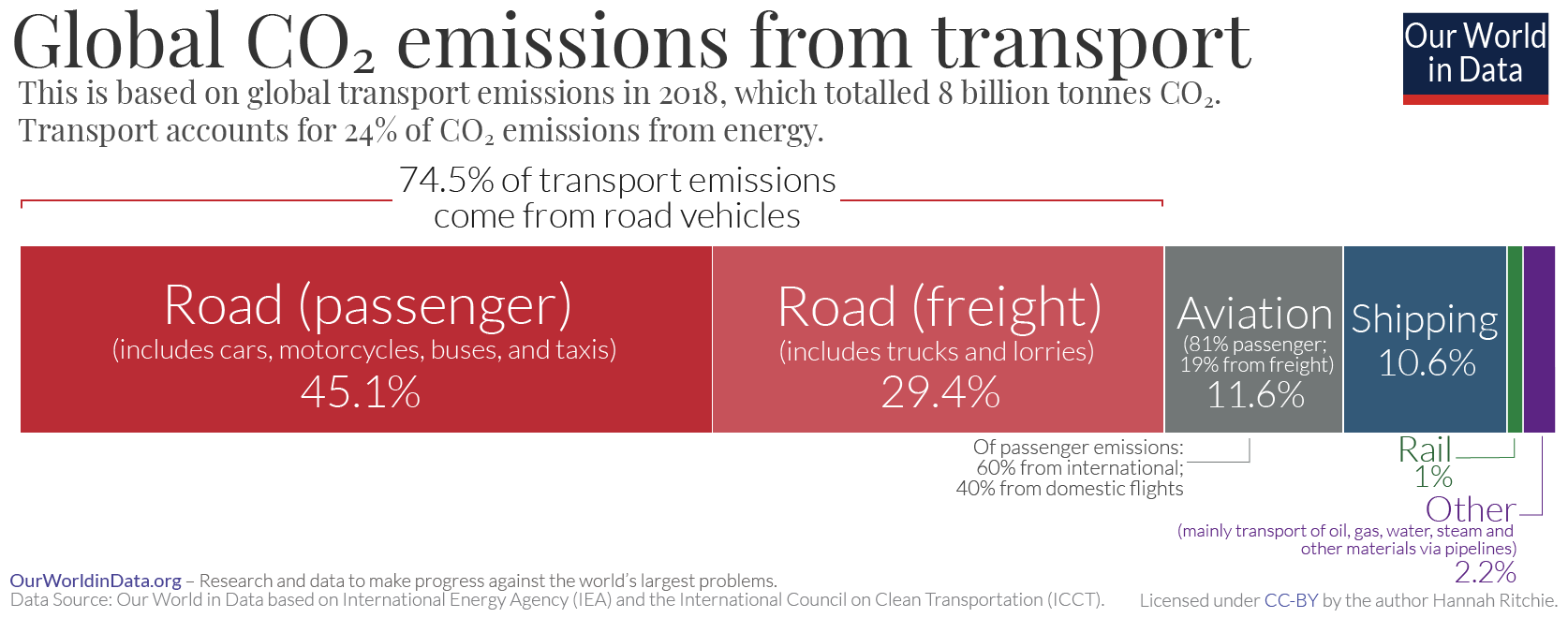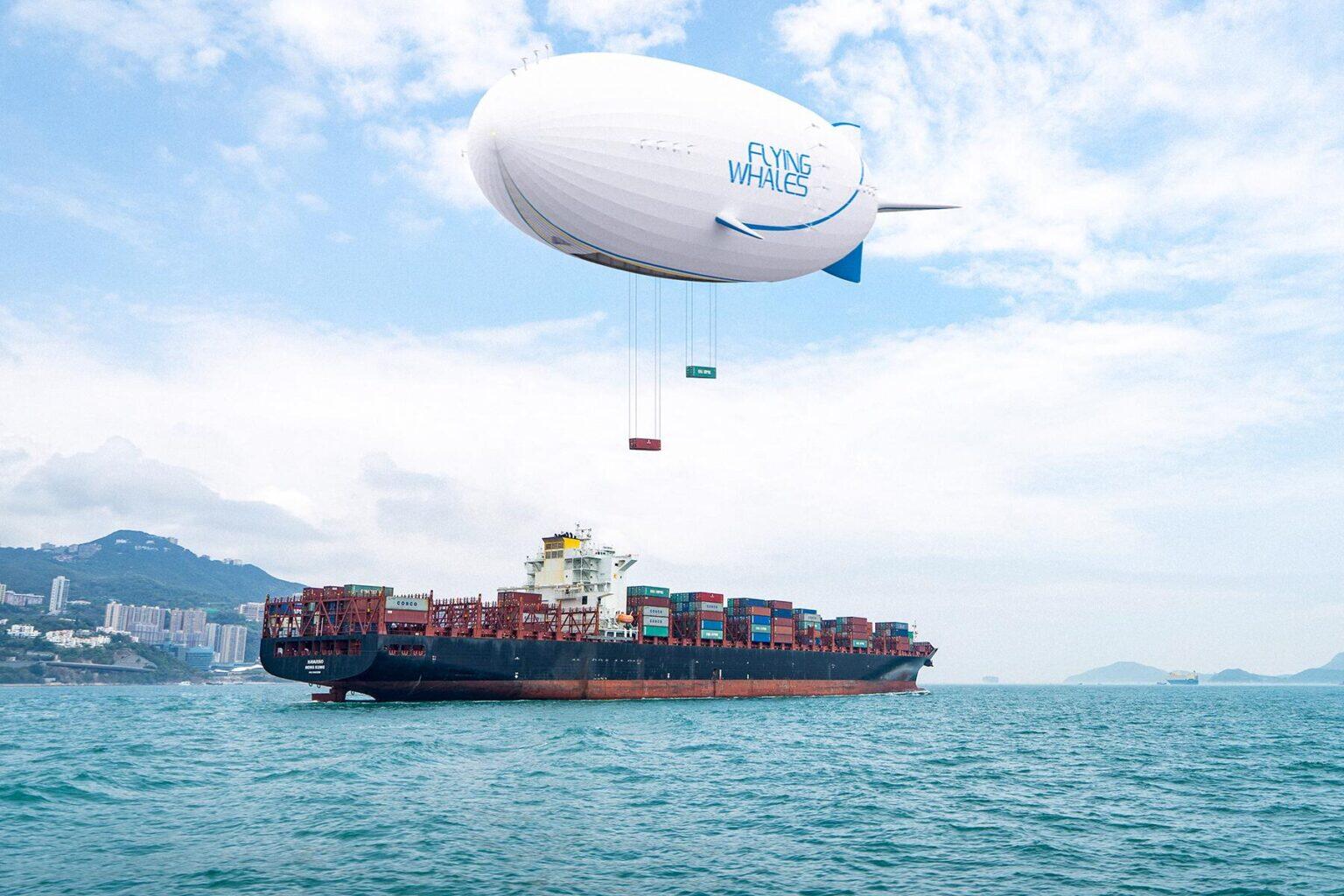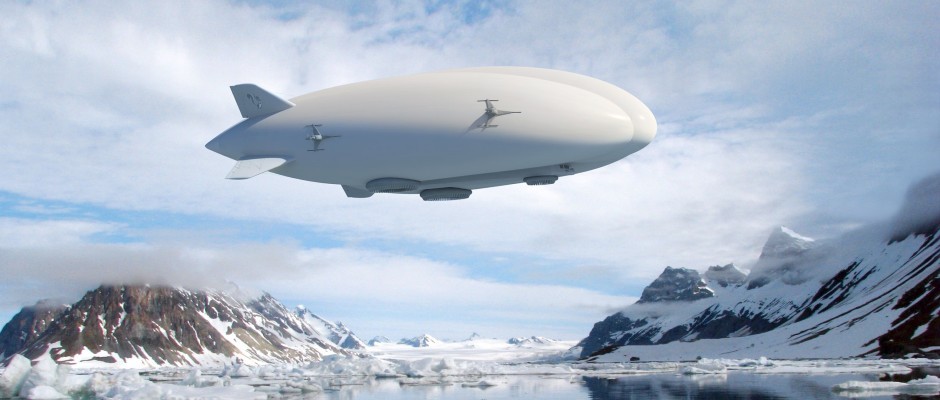So I said goodbye to all my friends
And packed my hopes inside a matchbox
Because I know it’s time to fly
– Led Zeppelin, Night Flight, 1975
In just 34 seconds on May 6, 1937 the future of airships went up in smoke — and fire — as the airship Hindenburg LZ 129, lead ship of the class of the same name, burst into flames as it was docking in Manchester Township, New Jersey and crashed to the ground, killing 36 people. The catastrophe, dubbed the Hindenburg disaster, shocked the world and tarnished the image of airships in the minds of many. This is partly attributable to the well-documented nature of the disaster, consisting of shocking photos, video and the infamous radio broadcast where announcer Herb Morrison breaks down describing the horror:

The tragedy of the Hindenburg helped deflate the development of airships, and as the much faster commercial jets were developed during and after World War II, they faded into irrelevancy. Now, nearly 85 years after the disaster, it is high time for airships to rise from the ashes and propel a new era of sustainable transport. With just a slight nudge from policymakers, the industry could be encouraged to flourish once more.
A well-grounded plan, or just hot air?
Airships. Blimps. Dirigibles. Zeppelins. These buoyant behemoths sport several titles in the English lexicon and come in different varieties, but all have the same basic traits: a balloon filled with lighter-than-air gas; a gondola fixed under the balloon; engines for propulsion; and rudders for steering. Advancements in technology and materials design can make modern airships much safer and more efficient than the dirigibles of the 1930s. Just think about how far technology in general has progressed since 1937 — before the invention of the microwave oven or the ballpoint pen.
Still, you may be thinking (rightly so), why on Earth would humans go back to filling huge, slow-moving husks with gas when we have jet engines?
The answer is multi-pronged, but essentially stems from an urgent need, unique advantages and an untapped market. The need is greenhouse gas emission reduction, the advantages come from having quick, all-terrain air vehicles, and the market is a new industry of leisure and tourism, analogous to the cruise ship industry (without the wanton destruction of oceanic and atmospheric health).
Let’s break them both down.
Clean, green air travel
The climate crisis continues to unfold before us, and if the leading projections are at all accurate, this is just the tip of the proverbial iceberg. Just as the sources of greenhouse gas emissions are distributed across sectors of society, so too will the solutions need to come from all facets of our carbonized world.
Three major sources of emissions are airplanes, maritime shipping and freight trucks. Based on 2018 data, planes and ships each account for just shy of one billion tons of CO2 emissions, and freight trucks account for another 2.35 billion tons, for a combined total of 51.6% of transport emissions.

Dirigibles can lighten the burden borne by these carbon-intensive industries. Airships use lighter-than-air gas to generate most of their lift, so their engines require significantly less power than those of planes or ships. The result is that even gas-fueled blimp engines release less carbon — around 80 to 90 percent fewer emissions than conventional aircraft. The reduction in greenhouse gases is so significant that in 2010 the International Air Transport Association (IATA) called for the air freight industry to embrace airships as a way to reduce their carbon footprint.
But we can do better than 80-90% lower emissions — say, 100%. Airship engines can be electrified with existing technology or run on alternative fuels, making zero-emission air travel a reality.
Fast, strong, all-terrain
Beyond the needs of the climate crisis, there are some unique upsides to adding lighter-than-air ships to the transport mix. Airships move several times faster than container ships, with efficiency-maximizing speeds of 30-70 mph and 12-14 mph, respectively. The Hindenburg, using the technology of the 1930s, could make a transatlantic voyage in under two days, whereas a container ship of today takes on average 10-20 days.
Airships can also carry impressively heavy payloads. Lockheed Martin has recently designed a hybrid airship that could carry a staggering 500 tons. For context, the heaviest payload ever carried by a cargo plane was 280 tons, and only one such plane was ever built.
Finally, airships can fly to inland loading zones, negating the need for the ship-to-truck unloading process that costs time and energy. Not only that, their ability to land slowly and safely enables them to touch down without needing runways like airplanes. For this reason, they are currently being explored as an option to deliver goods to hard-to-reach areas in mountainous, forested, or icy regions.
A huge application of this all-terrain feature would be for disaster-relief aid delivery. In 2020, nearly one billion people lived without access to national paved road networks.
Disaster-stricken areas in need of urgent food, water and medicine may lack runways, in which case airships could be deployed for rapid, life-saving supply delivery in rural or remote areas. Even if places have infrastructure for planes, runways quickly become congested and even break down under the strain of evacuations and aid flights, halting the relief process. Airships can be built to land with virtually no infrastructure, and if used in conjunction with planes can ease the burden on airport infrastructure.
This is not to say that dirigibles can or should replace other delivery options in all scenarios: jets are undeniably the faster form of transport, and freight ships can bear much heavier loads. But adding dirigibles into the mix will reduce the transport sector’s emissions and can be one piece in the timed doomsday jigsaw puzzle of reaching net zero carbon emissions.
The untapped market
On a lighter note, airships can also bring back the classiest way to travel — on giant floating yachts in the sky. Here, their ability to float over all kinds of impassable terrain at speeds that allow for the enjoyment of the scenery becomes a main selling point. Imagine floating serenely amid low-hanging clouds over the inky blue waters of the Arctic ocean, cruising over ice floes while sipping a martini on a sunlit observation deck. And here’s the kicker: no one can shame you for contributing to a planet-killing industry, because the airship travels on helium and electricity.
In 2019, the cruise ship industry generated over $55 billion in the US alone by transporting nearly 14 million people, so the demand for leisure travel is robust. Airships are more exciting because they can reach all the destinations cruises can, plus fly to the Arctic, over jungles, deserts and mountains. It is an eco-friendly form of sightseeing that, if properly regulated, could offer spectacular new ways of seeing the world.
The airships of today and tomorrow

The potential for airships has not gone unnoticed, and multiple companies and governments have expressed interest in developing their own dirigibles. In the United Kingdom, Hybrid Air Vehicles is developing airships (once mocked for resembling a giant bum, now redesigned to be sleeker and less gluteal) and plans on flying passengers to the North Pole for the first time since 1928. The UK government awarded the company £1 million to develop zero-emission propulsion systems for their aircraft. The French company Flying Whales has developed cargo blimps capable of midair payload delivery, and is currently partnering with industries in Europe, Asia, and Canada. In Jingmen, China, Flying Whales has partnered with the government to build an assembly line for airships that will ultimately transport both cargo and passengers. And don’t forget Lockheed Martin’s aforementioned plans for an airship that can carry 500 tons, as well as its smaller craft already under development.
Policymakers around the world can drive this industry forward by incentivizing investment and supporting businesses with small, but not insignificant, direct investments. For example, as part of President Biden’s industrial “Build Back Better” policy package, the government could have set aside the funding like that allocated to offshore wind farms for lighter-than-air travel. The UK is already doing well to support lighter-than-air travel and its government incentives to develop zero-emission engines for dirigibles is a great example of policy guiding industry for the sake of planetary health and economic boon. As the world looks for ways to decarbonize our economy, dirigibles may present an opportunity to do this and reap economic benefits from a new industry that can let people take to the skies without being crammed between tray tables and non-reclining seats.
Featured Image Source: Science Focus







Comments are closed.